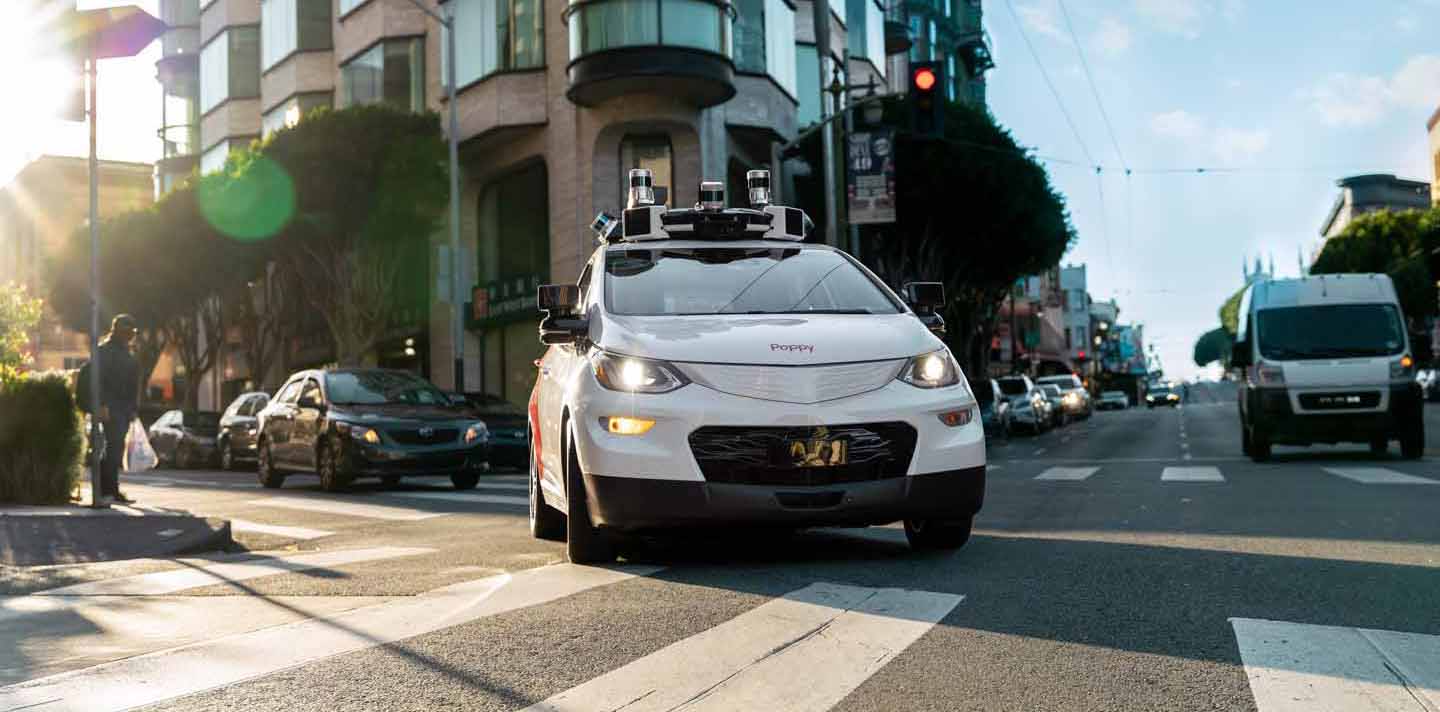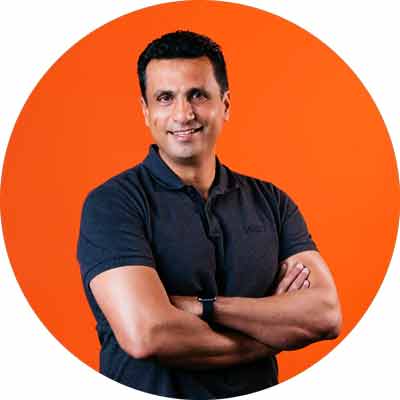Blog Post
2.22.2023
One Million Driverless Miles
Share

Throughout Cruise’s history we’ve accomplished many milestones while inventing the technical playbook for urban Autonomous Vehicles (AVs). Back in November 2021, we were the first company to complete a fully driverless ride in a major US city. Since then, we launched the first paid driverless robotaxi service in San Francisco.
Today, just fifteen months after our first fully driverless ride, I’m thrilled to announce one of our biggest milestones yet: Cruise has completed one million fully driverless miles. Just about every mile we’ve logged has been packed with complex scenarios that have set Cruise up for rapid scale. And all of these miles were collected with our all-electric, renewable-powered fleet offsetting a total of 684 metric tons of CO2 emissions over the course of these million miles. The dense, often chaotic, streets of San Francisco have about 19,000 people per mile and give our fleet mountains of information-rich data to learn from. For example, stop sign blow-throughs are 46x times more frequent in San Francisco than in suburban areas. And double parked vehicles and cut-ins are everyday norms of San Francisco traffic—not exceptions. Over the last 15 months, we’ve driven through “Karl the Fog” and atmospheric rivers; yielded to traffic enforcement in construction zones; and patiently negotiated post-concert traffic at Outside Lands and other crowded venues. Watch this video to see a small sampling of the unique (and amusing) scenarios our fleet encounters on San Francisco roads.
Our engineering team has built a robust technology stack designed to make the most of every mile we traverse on the road. Data from each ride is fed into a continuous learning machine and actively mined to create millions of permutations of on-road scenarios in simulation. Every day, we process five petabytes of simulation data—this means we process more than a 4k digital library of every movie ever made every month. Together, road data and simulated data help us train new AI models that continuously improve upon the performance of older ones. Since our first driverless ride, we’ve had fourteen major software releases. This virtuous technology cycle has allowed us to safely and quickly scale our operating fleet in San Francisco. Our most recent 100,000 fully driverless miles were collected 7 times faster than our first 100,000 driverless miles. I couldn’t be prouder of the work the entire Cruise team has put into building this technology stack and achieving this momentous technical feat.
When you consider our safety record, the gravity of our team’s achievement comes into sharper focus. To date, riders have taken tens of thousands of rides in Cruise AVs. In the coming years, millions of people will experience this fully driverless future for themselves. This reality could not come any sooner—we are working against a status quo in which more than 40,000 Americans a year die on our roads. This is in addition to millions more life changing injuries that affect our communities. Against that backdrop, we’ve continued to keep safety at the absolute center of everything we do, providing transparent, updated, and published data on exactly how we do that.
We didn’t arrive at this moment without challenges, obstacles, and public scrutiny—and we’ll certainly see more of that as the next chapter of the AV playbook is written. While the AV field is a relatively young one, we’ve worked hard to build a mature culture defined by data-driven decision making, continuous feedback, and measured iteration—a culture that aims to strike an essential balance between safe, incremental innovation and rapid progress.
I’d like to thank all the current and former Cruisers who have helped get us to this moment, and thank every early rider who has jumped at the chance to experience our technology at the start of this revolution in transportation.
